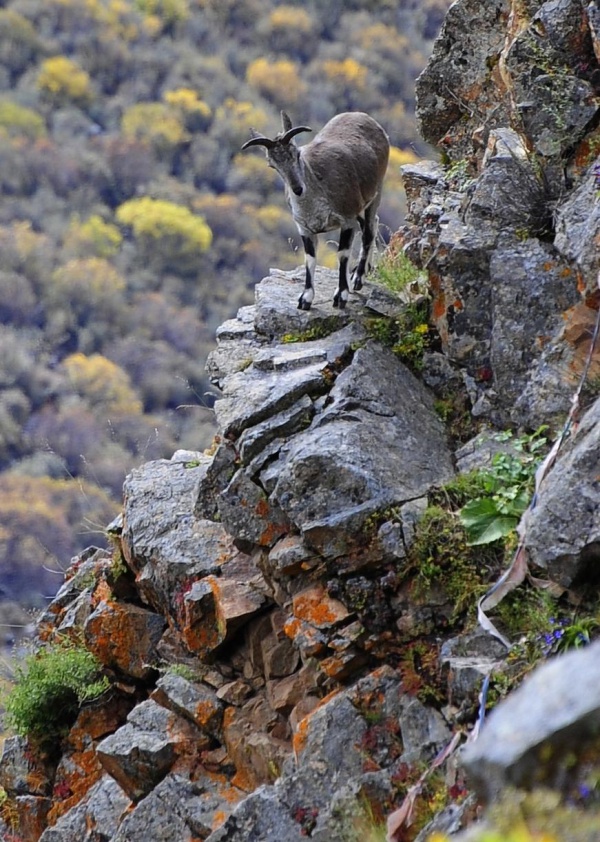Facts About Blue Sheep, Bharal
The bharal, known by various names such as the Helan Shan blue sheep, Chinese blue sheep, Himalayan blue sheep, or naur, is an intriguing species of caprid. These animals are native to Bhutan, India, Myanmar, Nepal, Pakistan, and Tibet, each region attributing its unique name to them. The bharal gained considerable attention following a study in Nepal in 1973 by George Schaller and Peter Matthiessen. Matthiessen's book, *The Snow Leopard,* documents their experiences. Interestingly, bharals are a primary prey for snow leopards.
In terms of appearance, bharals are medium-sized with a striking slate-grey coat and white underparts. Their horns are particularly notable: males possess larger, uniquely curved horns, while females have shorter, straighter ones. Bharals are classified into subspecies based on their geographic location.
Their behavior is equally fascinating. The mating season, also known as rutting, occurs from late November to mid-January, with young typically born in late June and early July. These animals are diurnal, spending their days feeding and resting on mountain slopes. Their camouflage is remarkable; they can remain motionless to blend seamlessly into their rocky surroundings. While they primarily graze, they switch to consuming herbs and shrubs when food is scarce. Predators such as snow leopards and leopards are constant threats.
Despite these challenges, the bharal is currently classified as Least Concern by the IUCN. The primary threats they face are poaching for meat and competition with livestock. However, poaching is rare due to the harsh habitat, and livestock does not significantly impact their population. Some Buddhist monasteries even protect them, although this can lead to conflicts such as crop damage in surrounding areas.

 Iran
Iran